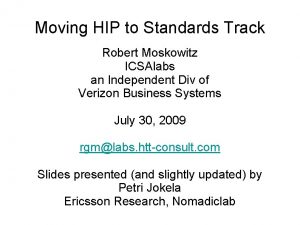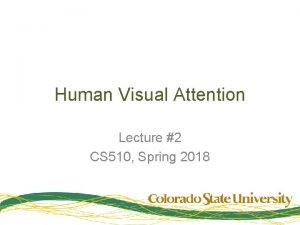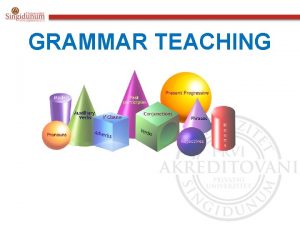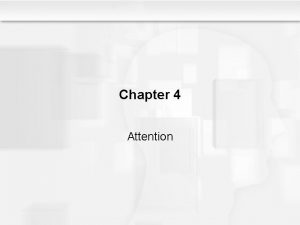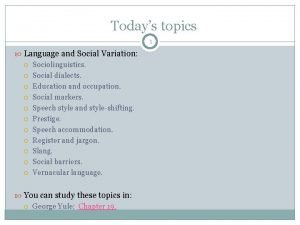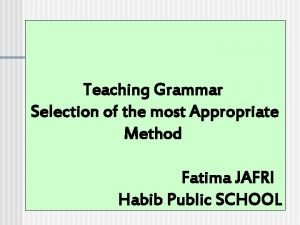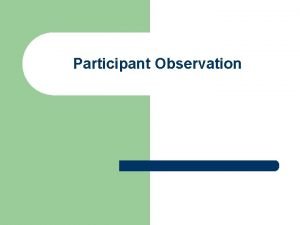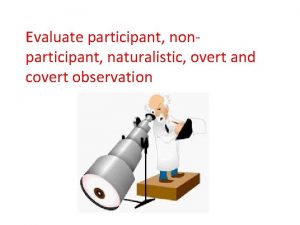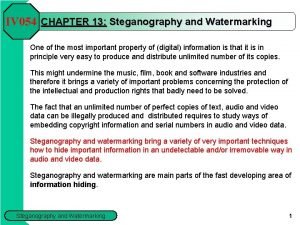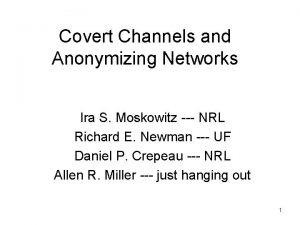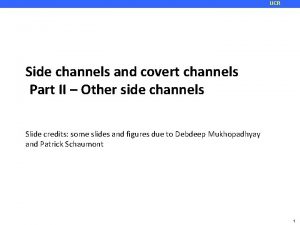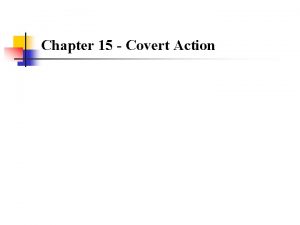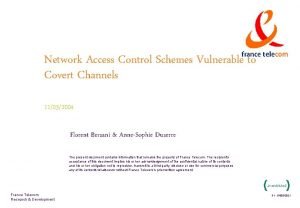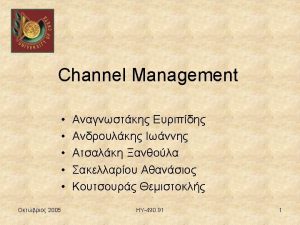Multiple Access Covert Channels Ira Moskowitz Naval Research


















- Slides: 18

Multiple Access Covert Channels Ira Moskowitz Naval Research Lab Richard Newman Univ. of Florida moskowitz@nrl. itd. navy. mil nemo@cise. ufl. edu

Focus • Review covert channels from high assurance computing and anonymity • Define quasi-anonymous channel • Review analysis of single sender DMC • Analyze 2 -sender DMC

Covert Channels • CC = communication contrary to design • Storage channels and timing channels • Storage channel capacity given by mutual information, in bits per symbol • Timing channel capacity analysis requires optimizing ratio of mutual information to expected time cost

Storage Channel Example • File system full/not full • High fills/leaves space in FS to signal 1 or 0 • Low tries to obtain space and fails or succeeds to “read” 1 or 0 • Low returns system to previous state

Timing Channel Example • High uses full time quantum in time sharing host to send 1, gives up CPU early to send 0 • Low measures time gaps between accesses to “read” 1 or 0

Anonymity Systems • • • Started with Chaum Mixes Mix receives encrypted, padded msg Decrypts/re-encrypts padded msg Delays forwarding msg Scrambles order of msg forwarding

Mixes • Mix may be timed (count number of msgs forwarded each time it fires) • Mix may fire when threshold reached (count time between firings) • Mixes may be chained • Studied timed Mix-firewalls and covert channels – now for threshold Mix-firewalls

Mix-firewall CC Model • • Alice behind M-F Eve listening to output of M-F Clueless senders behind M-F Each sender (Alice or Clueless) may either send or not send a msg each tick • Alice modulates her behavior to try to communicate with Eve

Channel Model • • • Discrete storage channel Each clueless sends 0 or 1 msg per tick Clueless are i. i. d. Bernouli random vars Alice sends 0 or 1 msg per tick Eve counts msgs per Mix firing Clueless act as noise, rate decreases to zero as N increases (for fixed p)

Two Transmitter Model • Now two Alices, Alice 1 and Alice 2 • Each Alice has a quasi-anomymous channel to Eve • Alices act as noise with respect to each other

NRL Pump • NRL Network Pump considered multiple senders before • Lows send to Highs, with the timing of ACKs forming a CC from Highs to Lows • Pump modulates ACK timing to reduce the CC rate (but not eliminate it) • Highs interfere with each other’s timing • Pump uses timing channels – can’t apply

Degree of Collusion • If Alices work perfectly together, then can achieve C=log 3 bits/tick data rate (assuming no clueless) • “Existence assumption” - assume Alices know of each other (stationary), and prearrange coding, but do not collude once transmission begins

Shannon Channel • Distributions X, Y • Mutual Information I(X; Y) = I(Y; X) I(X; Y) = H(X) – H(X|Y) • Entropy H(X) and H(X|Y) conditional H • Capacity C = max. X I(X, Y)

Multiple Access Channels • Now have two inputs, X 1 and X 2 • Existence assumption, with a priori knowledge • Achievable error-free rates are joint • Rate pair (R 1, R 2) • Capacity estimated (incorrectly) as: C = log n / [(TM + TR )/2]

Multiple Access Channels • Mutual Information for A, B, C I(A; B|C) = H(A|C) – H(A|B, C) I(A, B; C) = H(A, B) – H(A, B|C) • Rate pair (R 1, R 2) must satisfy: 0 <= R 1 <= I(X 1; Y|X 2), and 0 <= R 2 <= I(X 2; Y|X 1), and 0 <= R 1 + R 2 <= I(X 1 , X 2; Y)

Channel Transitions 0, 0 ! 0 0, 1 & 1 1, 0 % 1, 1 ! 2

Collaborating Alices • Can conspire to send data at rate 3/2 • Max possible is log 2 3 = 1. 58 • With feedback, can do better than 3/2: each at rate. 76! (Gaarder & Wolf)

Conclusions • Introduced multiple access channels into analysis of covert channels • Analyzed simple (noiseless) channel with two Alices • Noted effects of varying levels of collusion • Noted difficulties with timing channels • Can’t study CCs in isolation!
 Robert moskowitz md
Robert moskowitz md Dr robert moskowitz
Dr robert moskowitz Hcr-20
Hcr-20 Examples of overt behavior
Examples of overt behavior Covert attention
Covert attention Covert grammar teaching examples
Covert grammar teaching examples Inattentional blindness
Inattentional blindness Overt prestige
Overt prestige Affective behavior at the level of valuing
Affective behavior at the level of valuing Covert attention
Covert attention Covert advertising
Covert advertising Overt prestige definition
Overt prestige definition Come fregare un narcisista covert
Come fregare un narcisista covert Covert grammar teaching
Covert grammar teaching Overt observation limitations
Overt observation limitations Weakness of overt observation
Weakness of overt observation Covert contrast
Covert contrast Covert sensitization
Covert sensitization Covert text
Covert text

